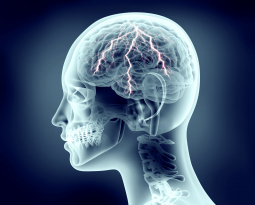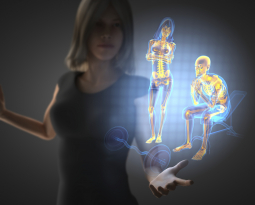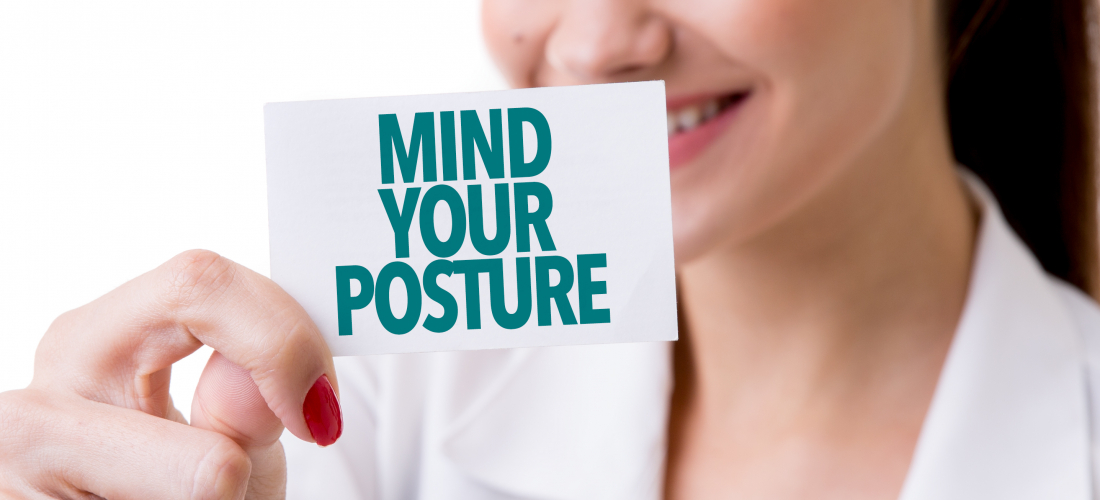
Postural Correction is the Missing Link to Prevent Chronic Pain
Does poor posture cause pain? According to the research, the answer is YES and NO. There are multiple research studies showing that patients with low back pain do not have postural distortion patterns, and there are numerous studies showing that patients with forward head posture have increased levels of pain and disability.
Trusting the research is important for evidence-based practice. It is also important to understand the complexity of chronic pain for best treatment strategies. The best treatment protocols will get the patient out of pain, then help them integrate protocols to prevent ongoing pain from occurring. The best way to prevent chronic pain is to reduce threat to the body.
What is Chronic Pain?
Chronic pain can be described as ongoing or recurrent pain, lasting beyond the usual course of acute illness or injury or more than 3 to 6 months, and which adversely affects the individual’s wellbeing (International Association of the Study of Pain, 2004).
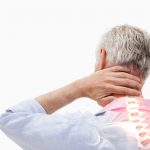 Chronic pain has been recognized as pain that persists past normal healing time and hence lacks the acute warning function of physiological nociception. Chronic pain affects 20% of the population worldwide, and accounts for 15% to 20% of physician visits (Tweede et al., 2015).
Chronic pain has been recognized as pain that persists past normal healing time and hence lacks the acute warning function of physiological nociception. Chronic pain affects 20% of the population worldwide, and accounts for 15% to 20% of physician visits (Tweede et al., 2015).
Because chronic pain differs from acute traumatic pain, there are new ICD classifications to better describe what type of chronic pain the patient is experiencing.
Classifications of Chronic Pain
- Chronic primary pain is associated with significant emotional distress or significant functional disability
- Chronic cancer pain is pain caused by cancer and treatments of cancer
- Chronic postsurgical and posttraumatic pain is pain after surgery or a traumatic injury
- Chronic neuropathic pain is in response to nervous system injury
- Chronic headaches and orofacial pain s defined as headaches or orofacial pains that occur on at least 50% of the days during at least 3 months
- Chronic visceral pain is referred pain due to organ dysfunction
- Chronic musculoskeletal pain is due to a disease process of the bones, joints, muscle, or connective tissue (Tweede et al., 2015)
Chronic Pain is a Signal from Your Brain
A modern understanding of chronic pain is the Pain Neuromatrix. Moseley (2003) concludes that pain is an output signal of the brain, and the brain produces signals of pain to the body when the body is in perceived danger. When the body is at risk the brain expresses chronic pain patterns.
The Pain Neuromatrix
- Pain is an output of the brain that is produced whenever the brain concludes that body tissue is in danger and action is required.
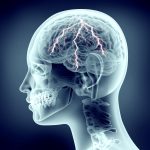
- Pain is a multisystem output that is produced when an individual’s specific cortical pain neuromatrix is activated.
- When pain becomes chronic, the efficacy of the pain neuromatrix is strengthened via nociceptive and non-nociceptive mechanisms, which means that less input is required to produce pain.
Moseley (2003) concludes by stating that best clinical practices for treating chronic pain focuses on decreasing all inputs that imply that body tissue is at risk.
To Prevent Chronic Pain, Reduce Risk to the Body
Poor posture poses a risk to the body, as it may be the cause of repetitive stress injuries, micro trauma, and increased stress to the joints, muscles, and connective tissues. For example, when looking down at a cell phone in forward head posture, the amount of pressure to the cervical spine is heightened, causing an increased load by 40-60 pounds to the cervical spine. This is a threat to the patient’s physiology (Hansraj, 2014).
Poor posture habits, especially in prolonged postures, may therefore result in the release of a pain output signal from the brain because they cause threat to the body.
Poor posture is not the only cause of chronic pain, however it can be a contributing factor. The best recommendation when working with chronic pain patients is to get them out of pain, and then help them prevent their pain from being chronic by reducing risk to the body.
An effective form of risk reduction is postural correction. Once the patient is out of pain, it is important to then focus on postural correction for prevention of chronic pain patterns and for the prevention of musculoskeletal injuries.
Postural correction is the missing link in the prevention of chronic pain. Focus on reducing risk associated with poor posture to help your patients maintain proper alignment, live healthier, and function better.
References:
Hansraj, K. (2014) Assessment of stressed in the cervical spine caused by posture and the position of the head. Surg Technol Int., 25 p. 277-9.
International Association of the Study of Pain (2004) Retrieved from https://theacpa.org/glossary.
Moseley, G. (2003) A pain neuromatrix approach to patients with chronic pain. Manual Therapy, 8(3) p. 130-140.
Treede et al. (2015) A classification of chronic pain for ICD-11. Pain, 156(6) p. 1003–1007.




